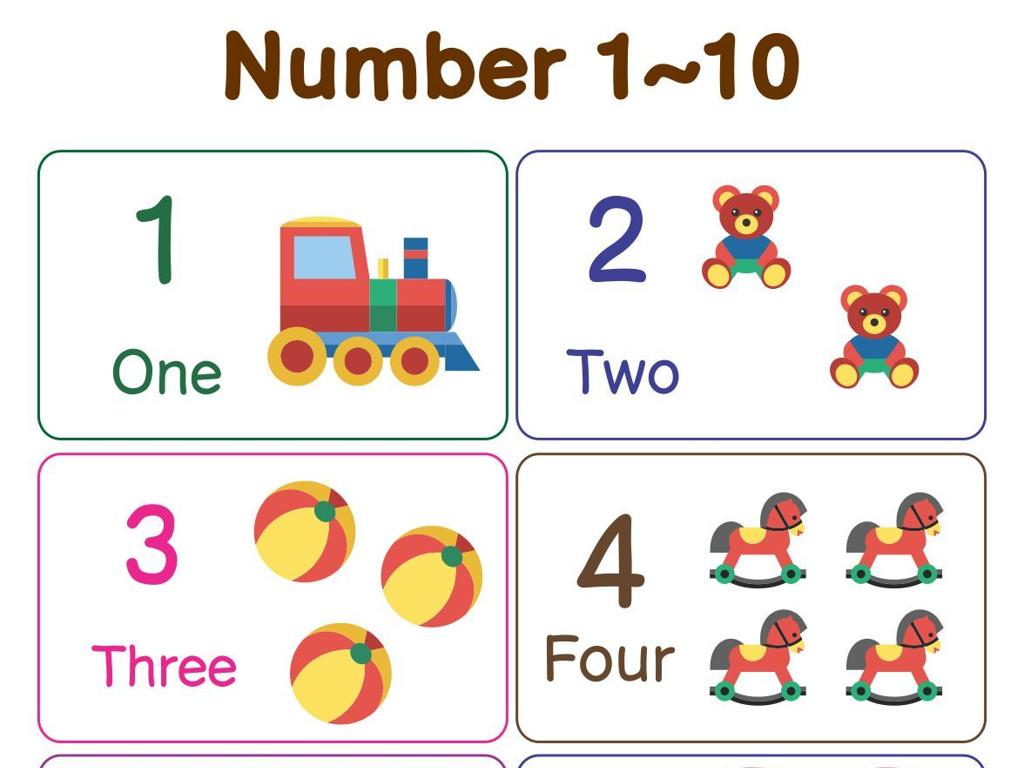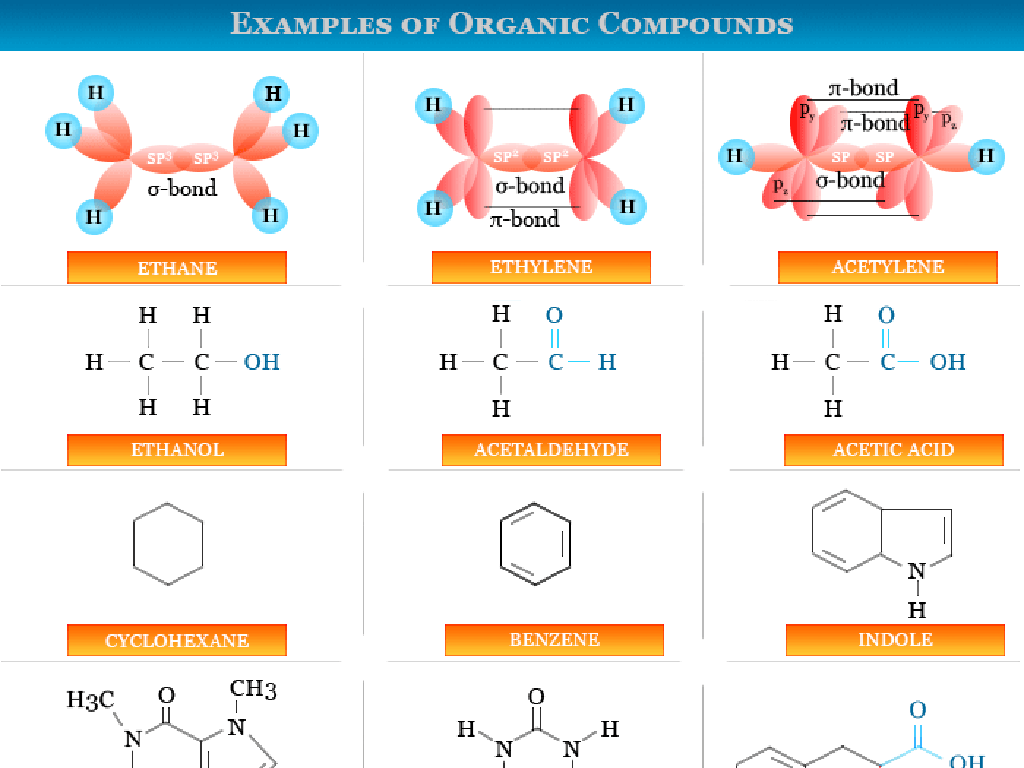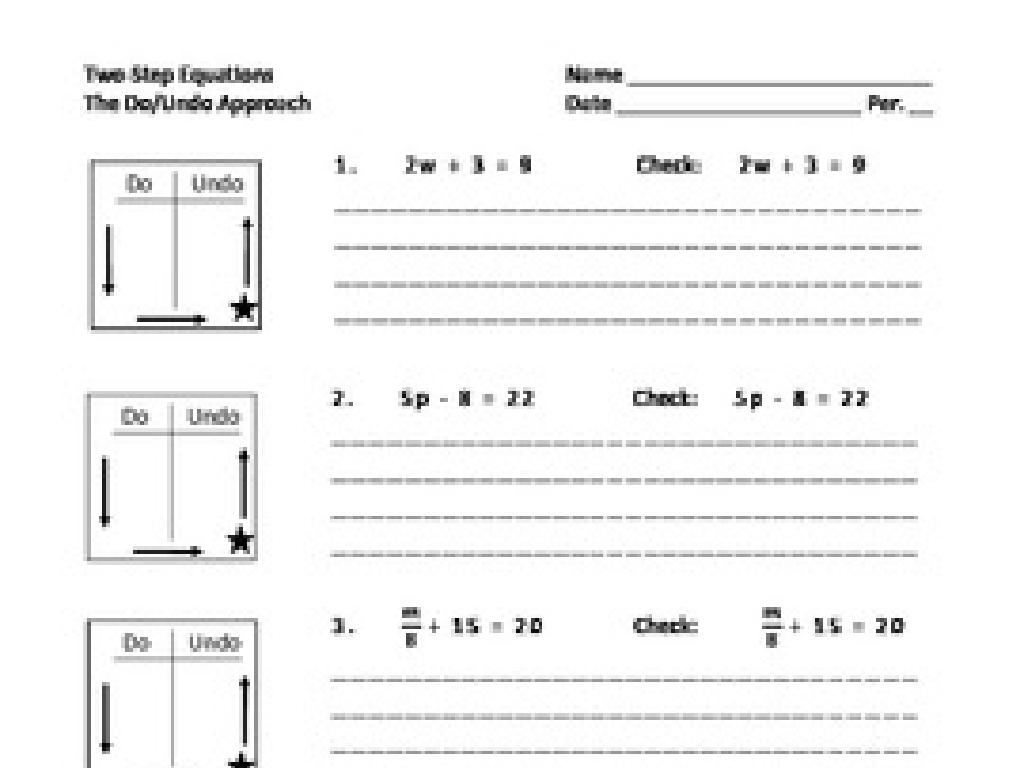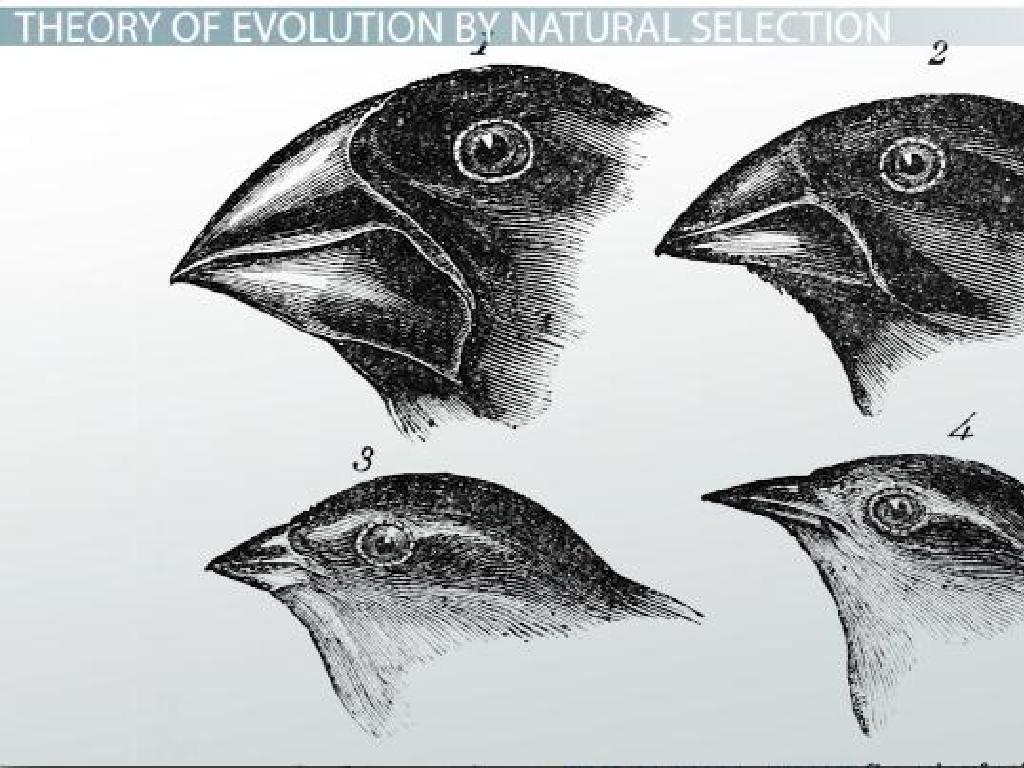Make A Number Using Addition - Sums Up To 10
Subject: Math
Grade: First grade
Topic: Addition Up To 10
Please LOG IN to download the presentation. Access is available to registered users only.
View More Content
Welcome to Addition!
– Learning to make numbers
– Using addition up to 10
– Addition combines numbers
– Think of addition as putting together toys
– Practice with examples
– Example: 4 crayons + 3 crayons = 7 crayons
|
This slide introduces first graders to the concept of addition as a means of combining numbers to make new numbers. Emphasize that addition is like gathering things together, such as toys or crayons, to have a bigger group. Use simple, relatable examples to illustrate addition, such as combining groups of crayons. Encourage the students to think of their own examples of things they can add together. During the lesson, provide hands-on activities where students can physically combine objects to reach sums up to 10, reinforcing the concept of addition as a way to increase quantity.
Learning Addition: Making Numbers Add Up to 10
– Understanding addition
– Addition is combining numbers together
– Adding makes numbers bigger
– The ‘+’ sign means add
– Plus sign ‘+’ is used to add numbers
– Practice sums up to 10
– Examples: 2+3=5, 4+1=5, 5+5=10
|
This slide introduces the concept of addition to first graders. Start by explaining that addition is the process of putting two or more numbers together to make a new number. Emphasize that when we add, the total number becomes larger. Show the ‘+’ sign and ensure students recognize it as the symbol for addition. Use simple, relatable examples like adding toys or fruits to visually demonstrate the concept. Finally, engage the students with practice problems that sum up to 10, reinforcing the concept with hands-on activities like using counters or drawing objects to add.
Making Numbers with Addition
– Create numbers up to 10
– Add two numbers together
– Example: 2 + 3 equals 5
– Combining 2 and 3 gives us 5
– Let’s practice addition!
– We’ll add different pairs to make numbers up to 10
|
This slide introduces the concept of creating numbers up to 10 through the process of addition. Start by explaining that any number up to 10 can be made by adding two smaller numbers together. Use simple examples like 2 + 3 = 5 to illustrate this point. Then, engage the class with a few practice examples, encouraging them to participate by coming up with their own pairs of numbers that add up to 10 or less. This activity will help solidify their understanding of basic addition and the concept of sums. Prepare a variety of examples to cater to different skill levels within the class.
Making Numbers Add Up to 10
– Adding apples: 1 apple + 2 more
– Starting with 1 apple, add 2, and now there are 3 apples!
– Counting crayons: 4 crayons + 1 more
– If you have 4 crayons and find 1 more, you get 5 crayons.
– Practice with different items
– Use toys or fingers to add up to 10.
– Aim for a total of 10
– Combine numbers like 6+4, 7+3 to make 10.
|
This slide is designed to introduce first graders to the concept of addition in a fun and relatable way. Use everyday items like apples and crayons to demonstrate simple addition problems. Encourage the students to use physical objects or their fingers to practice adding different numbers together to reach the sum of 10. This will help them visualize the process and understand the concept of addition more concretely. During the class, provide various examples and allow the students to come up and try adding different pairs of numbers to make 10. This interactive approach will make the learning process engaging and memorable.
Let’s Practice Addition Together!
– I’ll show you a number
– Find two numbers that sum to it
– Example: For 7, we could use 3 + 4 or 2 + 5
– Use blocks and counters
– Visual aids help us understand addition
– Everyone gets a turn!
|
This interactive slide is designed to engage first graders in a hands-on addition activity. The teacher will present a number to the class, and students will be encouraged to find pairs of numbers that add up to the given number, with the sum not exceeding 10. Using tangible objects like blocks and counters will provide a visual and tactile way for students to grasp the concept of addition. Each student will have the opportunity to participate, ensuring an inclusive learning experience. The teacher should prepare various examples in advance and guide the students through the process, offering praise and assistance as needed. The goal is to build a strong foundational understanding of addition within the number range up to 10.
Class Activity: Making 10 Together!
– Let’s make the number 10
– Use blocks to create sums of 10
– Find pairs of numbers that add up to 10
– Work in teams to find solutions
– Cooperation and discussion enhance learning
– Share your combinations with the class
– Explain how you made 10 using your blocks
|
This interactive class activity is designed to help first graders understand the concept of addition by making the number 10 using physical blocks. Divide the class into small groups and provide each group with a set of blocks. Encourage them to explore different combinations that add up to 10, such as 1+9, 2+8, 3+7, etc. This hands-on experience reinforces their understanding of addition and the concept of making 10. As they work together, they’ll develop teamwork and communication skills. After the activity, facilitate a discussion where each group shares their findings with the class, fostering a collaborative learning environment. Possible variations for different groups could include using different colored blocks to represent different numbers, or challenging them to find as many combinations as possible within a time limit.
Great Work on Addition!
– Congratulations on learning addition!
– Addition combines numbers into a new number.
– Like 2+3 is the same as combining 2 apples with 3 apples.
– Practice is key to mastering addition.
– Keep practicing addition at home!
– Try adding different pairs of numbers to make 10.
|
This slide is a conclusion to reinforce the concept of addition for the students. It’s important to celebrate their achievement in understanding how to make numbers using addition, which is a fundamental math skill. Remind them that addition is simply the process of combining numbers to create a new total. Encourage them to continue practicing at home with different number combinations to strengthen their skills. Provide examples of simple addition problems that sum up to 10 and suggest using everyday items like toys or snacks for practice. The goal is to build their confidence and ensure they feel comfortable with addition.






